Tesla shares plunge 15%: Robotaxi is still far from landing without Luobokuai
![]() 10/14 2024
10/14 2024
![]() 510
510
On October 11th (US time), on the first trading day of US stocks after Tesla's "historic" unveiling of three robot products, including the Cybercab and Robovan, which include Robotaxi, on the evening of the 10th, Tesla's share price plummeted by over 10% during the session. Taking into account the 5% increase in the pre-market session before the unveiling, this means that Tesla's "historic" unveiling led to a 15% drop in its share price.
The reason investors are so bearish on Tesla's Robotaxi is that Musk did not present any products that convinced investors during the roughly 18-minute unveiling, which was the shortest in Tesla's history, nor did he provide a timeline for the commercialization process that would improve Tesla's financial results, which is even more crucial.
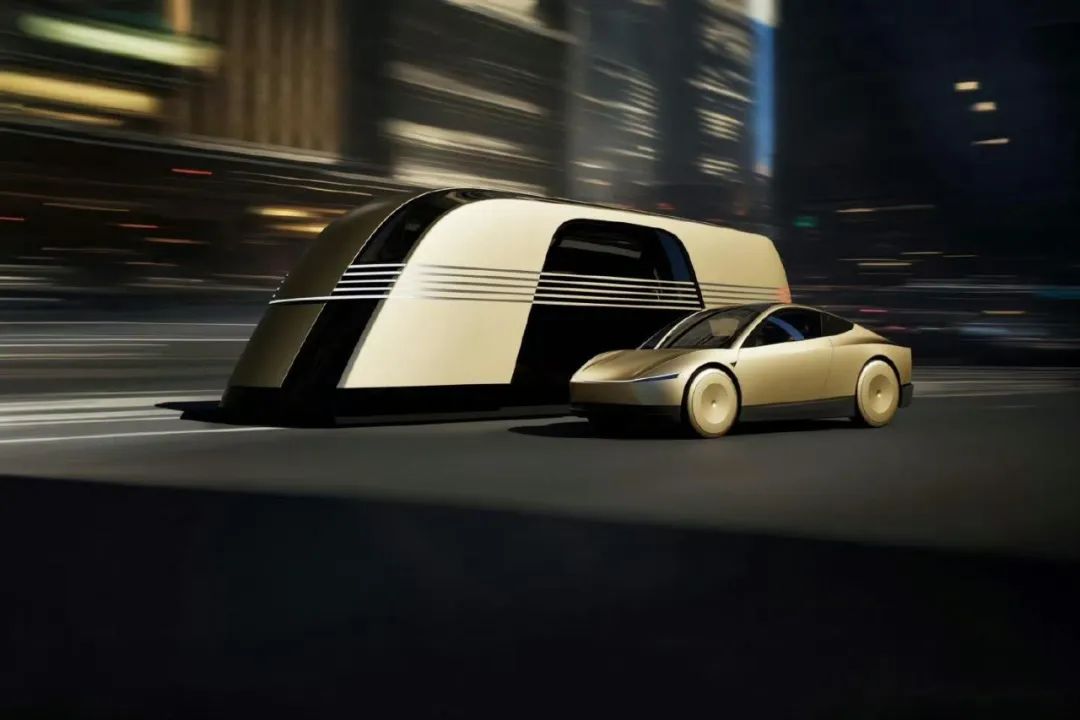
Indeed, neither the Cybercab nor the Robovan for Robotaxi, nor the Optimus itself, will be of any help in the short term (at least three years) to Tesla's current financial situation characterized by sluggish sales growth and compressed margins. It is no wonder that investors have chosen to sell off their holdings by voting with their feet, as the situation may even deteriorate due to increased R&D investment.
Investors were hoping for mass-produced models that could generate immediate sales, such as the long-awaited smaller Model 2 (or Model Q) or the compact Model Y mentioned during the Q2 2024 earnings call, but neither was in sight. Now, hopes are pinned on the refreshed Model Y to revive Tesla's declining sales in Europe and the United States and maintain its market position in China, which is under siege (at least six new models were launched in September to compete with the Model Y, and Xiaomi's SUV is also poised to enter the market). Returning to the most important aspect of Tesla's "historic" unveiling - Robotaxi, its landing cannot be achieved without regionalization. Musk has also expressed Tesla's desire to bring Robotaxi to China. This means that Tesla, like its American counterpart Waymo and Chinese counterpart Luobokuai, must obtain Robotaxi licenses in various regions before officially launching the service.
01 Tesla's Robotaxi commercialization at scale is at least three years away
During the unveiling, Musk spoke very little about the commercialization process of Tesla's Robotaxi. However, we can infer the timeline for large-scale commercialization from two points: 1) Mass production of the Cybercab is expected to commence in 2026 at the earliest, with the possibility of a delay until 2027; 2) The unsupervised version of FSD will begin testing in Texas and California next year. This implies that it will take 2-3 years for Tesla's Robotaxi hardware, the Cybercab, to enter mass production, and that the unsupervised version of FSD, which is necessary for Robotaxi, will only begin testing next year.
Perhaps by the time the Cybercab enters mass production, it will have obtained approval from US regulatory authorities such as the California Department of Motor Vehicles (DMV) and the California Public Utilities Commission (CPUC) to provide driverless, chargeable Robotaxi services. Perhaps during this period, Musk can reduce the time and money required to obtain approvals for Robotaxi operations in different states and cities across the United States by communicating with higher-level governments. The 2-3-year timeline gives Tesla's Robotaxi competitors, such as Waymo in the United States and Luobokuai in China, ample time to respond to the challenges posed by Tesla's Robotaxi. After all, Waymo has already achieved commercial operation of driverless, chargeable Robotaxi services in several cities in the United States, and Luobokuai has also achieved the landing of Robotaxi services in several cities in China. In terms of vehicle hardware, which is most needed by Waymo and Luobokuai, as early as 2014, a decade ago, Waymo's predecessor, the Google X Lab's self-driving car group, unveiled the Firefly, a vehicle without a steering wheel, pedals, or rearview mirrors. However, the vehicle was never mass-produced and ended up in a museum in 2017.
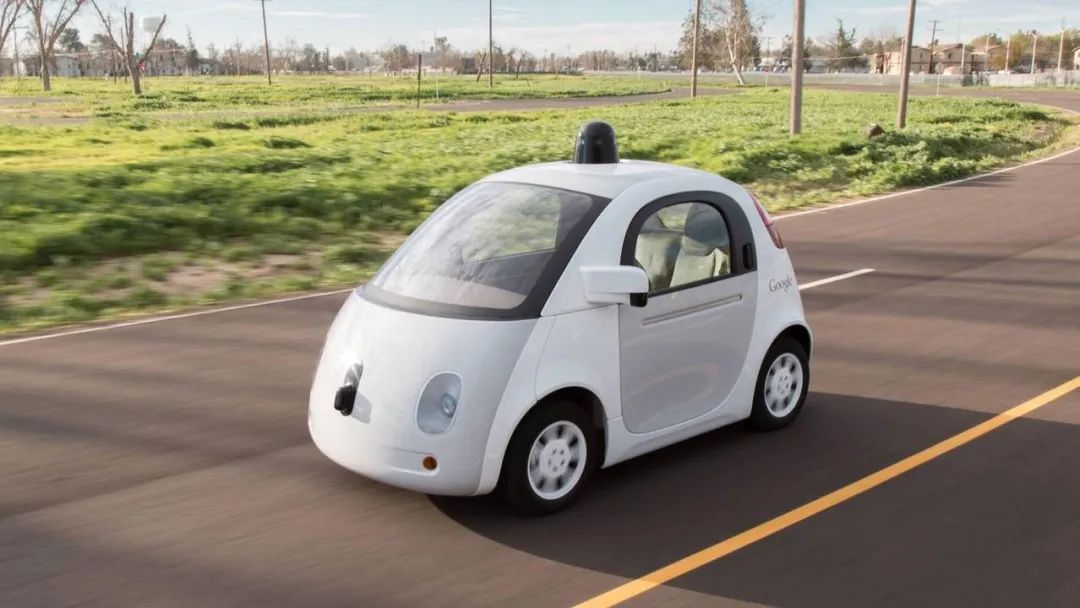
Currently, Waymo still operates with modified vehicles, and the front-mounted models it has developed in collaboration with Zeekr and Volvo have yet to enter mass production. In contrast, Baidu Apollo has already iterated its front-mounted mass-produced models twice, with the sixth-generation model, Apollo RT, supporting both steering wheel and steering-free versions as early as 2022. The steering wheel version is designed to meet existing regulatory requirements, while the steering-free version prepares for new regulations.
It is worth mentioning that the sixth-generation self-driving vehicle unveiled by Luobokuai in May this year costs only RMB 204,600, a 60% reduction in cost compared to the fifth-generation model, which is comparable to Musk's claim that the Cybercab will have a manufacturing cost of less than USD 30,000 (based on current exchange rates). This highlights the advantages of China's smart auto industry chain, where large-scale applications have reduced hardware costs.
At the software level, Musk did not provide an excessive interpretation during the unveiling. The current supervised version of end-to-end FSD performs impressively on existing Tesla Model S3XY series vehicles. However, what about the unsupervised version of FSD, which lacks the safety redundancy of a human driver as the last line of defense? This is a question that Musk needs to answer, but it was not addressed during the unveiling.
For Tesla's Robotaxi competitors in China and the United States, Waymo and Luobokuai, their Robotaxi software has been developed from day one with the goal of fully autonomous driving, and they have now achieved this and developed their own technical features, such as Waymo's newly iterated AI system Driver unveiled in August and Baidu Apollo's global first autonomous driving foundation model ADFM. The next step is to see how these companies land their services globally. In April 2024, Musk suddenly visited China to promote the landing of FSD and expressed his hope for Tesla's Robotaxi to land in China. This put pressure on Chinese automakers and Robotaxi companies, as Huawei-led intelligent driving systems are preparing to compete with Tesla's FSD in China, while Robotaxi companies led by Luobokuai are already planning to expand overseas and compete with Tesla.
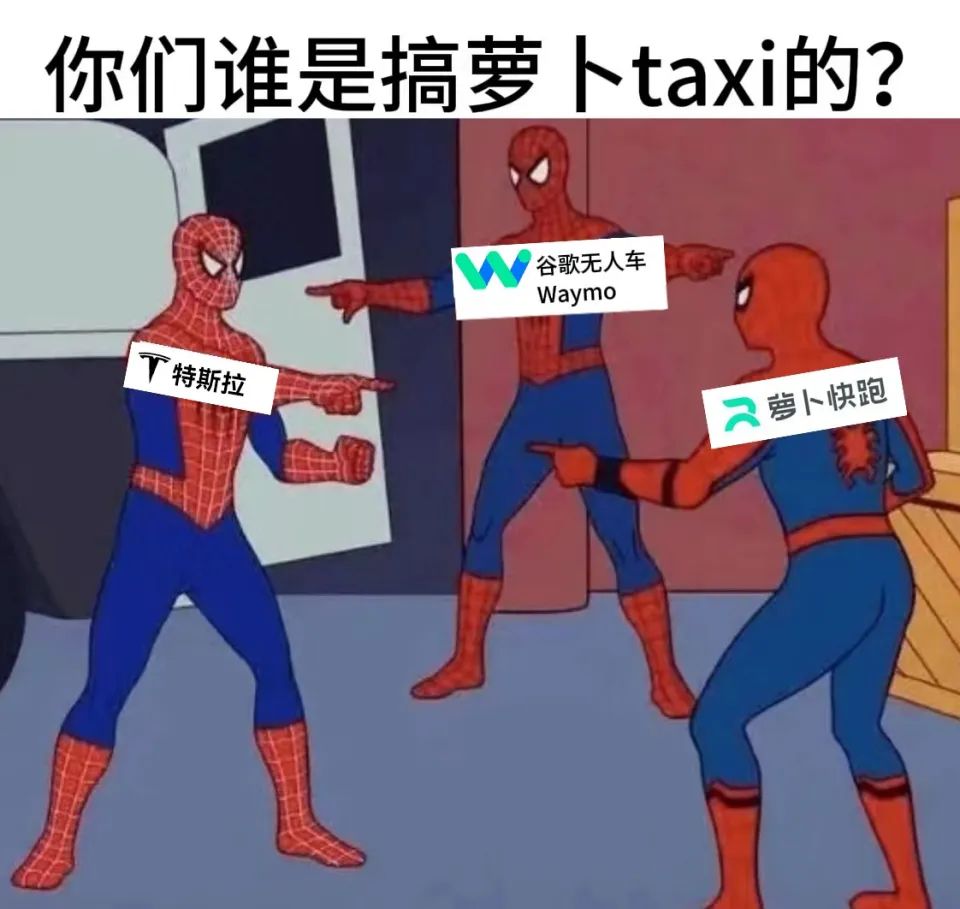
According to The Wall Street Journal, Luobokuai is seeking to test and deploy its self-driving taxis in Singapore, the Middle East, and other regions where other Chinese self-driving taxis are also being tested and deployed. This will reduce costs for Luobokuai in terms of negotiations and regulatory compliance.
To support its global expansion, Luobokuai is reportedly preparing to launch the Apollo Autonomous Driving Open Platform 10.0, which will be equipped with Baidu's latest autonomous driving foundation model ADFM, significantly enhancing safety, intelligence, and ease of use.
02 The challenges of landing details are even more daunting
During the unveiling, Tesla's thoughts on the operational details of Robotaxi were reflected in the design of the Cybercab, which focused on three main points: 1) wireless inductive charging; 2) robotic vehicle cleaning; and 3) gull-wing door design. Wireless inductive charging is clearly intended to address the charging needs of Robotaxi in an unattended state. However, for Musk's goal of increasing vehicle usage time by 5-10 times, or even up to more than 160 hours per week (out of a possible 168 hours), the efficiency of wireless inductive charging is likely to be insufficient in the short term, and the power output may not be high enough.
In contrast, in terms of charging efficiency, Waymo One's currently operating Pacific is a hybrid that primarily runs on gasoline, while the Jaguar I-Pace is plug-in electric. Luobokuai's sixth-generation self-driving vehicle adopts a battery swap model, which is the fastest in terms of charging efficiency. As for the gull-wing door design, aside from being visually impressive, couldn't it be solved with a simple sensor-controlled electric door?
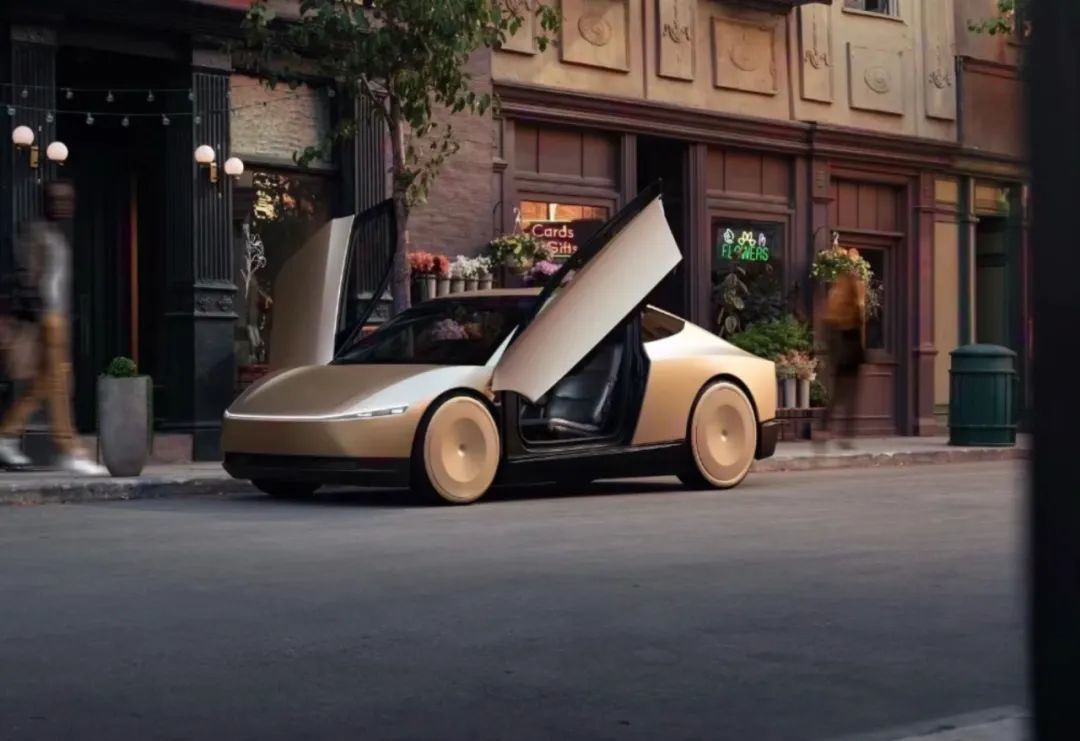
More operational details can only be truly appreciated after actual operation, allowing us to identify which details need to be added or improved. This includes the interaction process between passengers and vehicles, the stopping locations for boarding and alighting, and the handling of emergencies and vehicle malfunctions.
In terms of passenger experience, in addition to the aforementioned interaction, boarding and alighting, emergencies, and malfunctions, the in-vehicle experience is even more crucial. For example, Luobokuai's sixth-generation self-driving vehicle has incorporated massage chairs to enhance passenger comfort. For China's auto supply chain, the cost of installing massage chairs in vehicles is not high, but it may become prohibitively expensive in the United States, where the Cybercab is expected to cost USD 30,000.
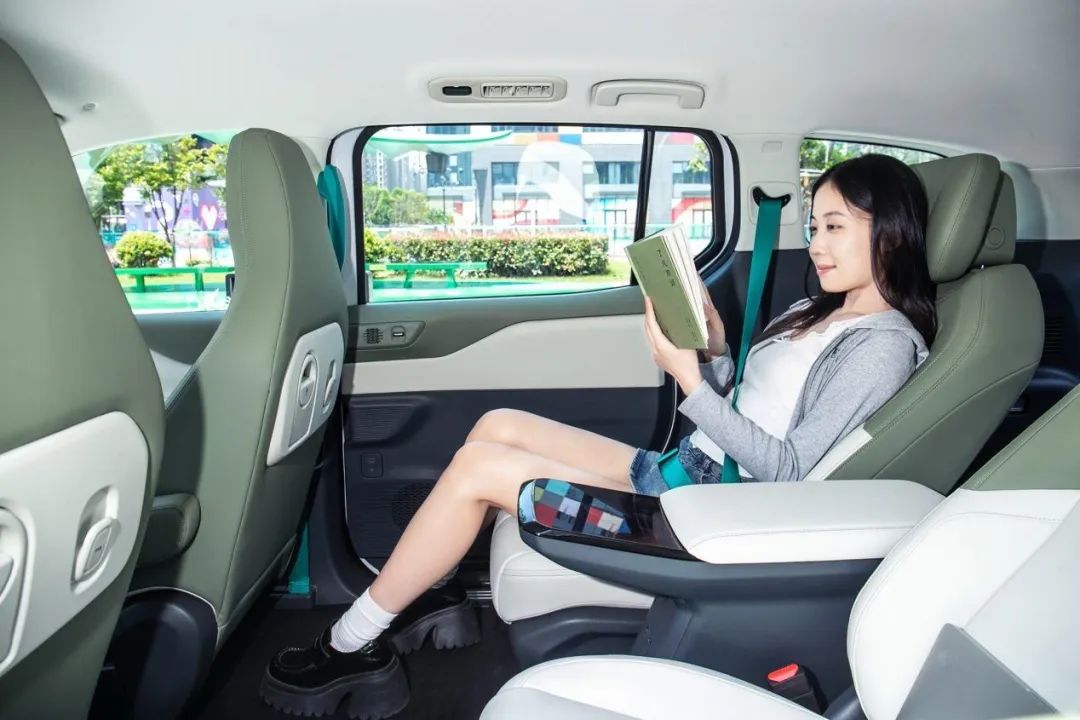
Another aspect to consider is how to enhance passengers' in-vehicle entertainment experience. The Cybercab features a single screen, while the Robovan has virtually no screens at all, leaving ample room for improvement. More importantly, the provision of in-vehicle services, including entertainment experiences, is also an essential source of revenue for operators, contributing significantly to their profitability.
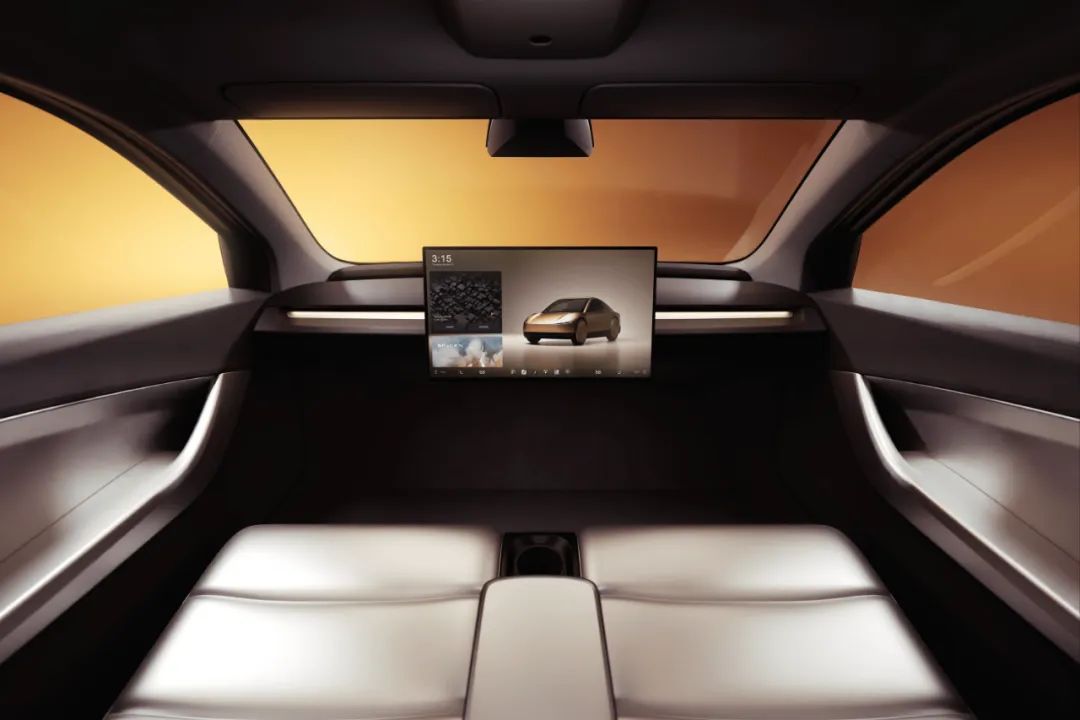
For Robotaxi companies, in addition to earning revenue from transporting passengers safely from point A to point B, expanding in-vehicle service revenue will become an increasingly important source of income in the future, potentially surpassing traditional ride-hailing revenue.
For Tesla's Robotaxi, it is not yet time to nitpick operational details to reduce costs. Currently, all Robotaxi companies, including Waymo One and Luobokuai, are striving to reduce costs and increase efficiency. This process is no easier than the "penny game" that Musk referred to when discussing cost reduction during the mass production of the Model 3. Musk has stated that the cost of autonomous transportation, including taxes and other fees, may eventually reach USD 0.3-0.4 per mile, and that each manager will be able to oversee 10-20 Cybercabs in the future. These goals can only be achieved through actual operation. It is no wonder that Musk has already announced plans for the Cybercab 2.0 version, as it is inevitable that numerous issues will be exposed during the testing of the unsupervised version of FSD and the pilot operation phase. The unveiling of the Cybercab is just the first step on Tesla's long journey towards large-scale commercialization of its Robotaxi. Whether it's the vehicle hardware itself, the unsupervised version of FSD, obtaining regulatory approvals, or the operational details of serving passengers, there is still much work to be done. Furthermore, Musk must also contend with the formidable obstacle posed by organized labor. If Tesla wants to prepare for the commercialization of its Robotaxi without detours, it can learn from pioneers such as Waymo One and Luobokuai.








